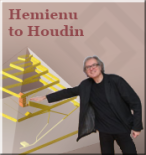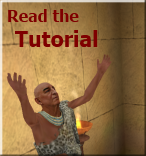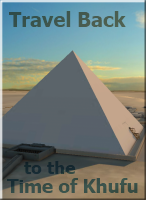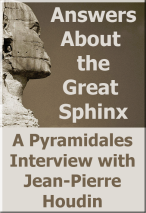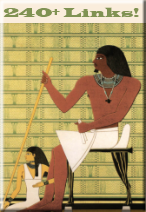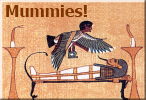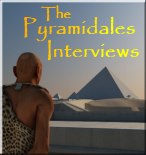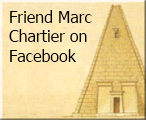 During the Middle Kingdom Period, having a daughter appointed as a God’s Wife in your local temple meant that you were a member of the upper crust of Egyptian society. But at the dawn of the New Kingdom, Pharaoh Ahmose I drafted a legal contract that made the God’s Wife of Amun arguably the second most powerful person in the kingdom. Before all was said and done, one God’s Wife would use the office to become the most powerful person in the kingdom.
During the Middle Kingdom Period, having a daughter appointed as a God’s Wife in your local temple meant that you were a member of the upper crust of Egyptian society. But at the dawn of the New Kingdom, Pharaoh Ahmose I drafted a legal contract that made the God’s Wife of Amun arguably the second most powerful person in the kingdom. Before all was said and done, one God’s Wife would use the office to become the most powerful person in the kingdom.
With Amun now the King of the Gods, his earthly consort came into her own wealth and authority in a way that would ultimately shatter the glass ceiling of Egyptian politics, at least for a while…
Read the rest of this article »
Tags: Ahhotep I, Ahmose I, Ahmose-Nefertari, Amun, Benefactor Stele, Donation Stele, Eighteenth Dynasty, Gods Wife of Amun, House of the Adoratrice, Karnak, Khabekhnet, Middle Kingdom Period, New Kingdom, Second Intermediate Period, Second Priesthood of Amun, Seventeenth Dynasty, Tempest Stele, Thebes






 All the world is abuzz with the long-awaited release of the current genetic study of the Eighteenth Dynasty, particularly as it relates to the goose that continues to lay the golden eggs—King Tut.
All the world is abuzz with the long-awaited release of the current genetic study of the Eighteenth Dynasty, particularly as it relates to the goose that continues to lay the golden eggs—King Tut. Dr. Otto Schaden has posted an update to
Dr. Otto Schaden has posted an update to  King Tut is known as the Boy King for two reasons. The first is the young age at which he assumed the throne—around eight or nine. The second is that he died at around nineteen, so he never really reached adulthood. Why he died so young is a question that has been with us since his tomb was discovered by Howard Carter in 1922.
King Tut is known as the Boy King for two reasons. The first is the young age at which he assumed the throne—around eight or nine. The second is that he died at around nineteen, so he never really reached adulthood. Why he died so young is a question that has been with us since his tomb was discovered by Howard Carter in 1922. Last week Shemsu trudged out into the cold and rain just to bring a local interest story to Em Hotep!’s Kentuckiana readers. Stuffed grape leaves, butter-scotch baklava, and bellydancing. These are just a few of the hazards I braved to bring you this exclusive.
Last week Shemsu trudged out into the cold and rain just to bring a local interest story to Em Hotep!’s Kentuckiana readers. Stuffed grape leaves, butter-scotch baklava, and bellydancing. These are just a few of the hazards I braved to bring you this exclusive. Dra Abu el-Naga is a sort of suburb, if you will, of the Valley of the Kings where some tombs belonging to Seventeenth Dynasty royalty (such as Queen Ahhotep I, to the left) have been discovered, along with the tombs of Theban priests and officials.
Dra Abu el-Naga is a sort of suburb, if you will, of the Valley of the Kings where some tombs belonging to Seventeenth Dynasty royalty (such as Queen Ahhotep I, to the left) have been discovered, along with the tombs of Theban priests and officials.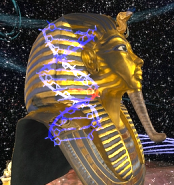 Kate Phizackerley of
Kate Phizackerley of  If I were a stockbroker and Nefertiti was a commodity, I would be advising my clients to buy. Dr. Zahi Hawass’ last year with the Supreme Council of Antiquities promises to be an interesting one, with robots crawling the Great Pyramid, mummies in CT scanners, and rumors of KV64.
If I were a stockbroker and Nefertiti was a commodity, I would be advising my clients to buy. Dr. Zahi Hawass’ last year with the Supreme Council of Antiquities promises to be an interesting one, with robots crawling the Great Pyramid, mummies in CT scanners, and rumors of KV64.